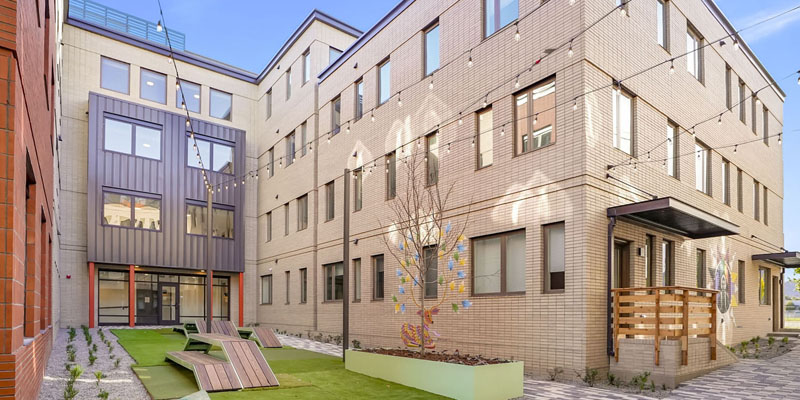
A term I hear quite often is IDD, or Intellectual Developmental Disability. What does that mean?
According to the International Classification of Functional Disabilities, IDD is a disorder which begins in a person’s developmental period, conception to early 20s, that includes both intellectual and adaptive functioning difficulties in any part of daily activities.
Most disabilities acquired at birth tend to be intellectual developmental disabilities; the most common diagnosis is autism. Not all disabilities are an IDD.
I sit on the board of the Association for Community Living (ACL) in Boulder. The ACL started in the ’60s when a group of parents of children with IDD united in response to children with disabilities not being allowed to attend public school.
Most people who have IDD live with their parents who act as caregivers. The fear of these parents is, “Who will take care of my child when I’m gone?” According to the nonprofit Inclusive Housing Coalition (IHC), 73% of individuals with IDD in Colorado live with aging family caregivers.
In 1999, the U.S. Supreme Court ruling in Olmsted v. L.C. gave people with disabilities the right to choose whether to live in the community or in an institution. Judy Heumann, known as the mother of the disability movement, created the first independent living center in Berkeley, California. Independent living grew as states realized it was more cost efficient than institutions or a skilled nursing facility, with better outcomes for residents.
With the focus on independent living, many institutions and group homes have been closed. But there has not been a comparable expansion of supportive units, resulting in fewer housing options and creating a housing crisis for individuals with IDD. At least 127,000 people in Colorado have requested housing services from IHC, which formed in 2019 to bring awareness to the housing crisis for this population.
There’s some hope as communities like The Grove are in development. This Broomfield project — the first for that city/county’s housing authority, Broomfield Housing Alliance — was designed as a neurodiverse community. It features 40 units of affordable housing and programs “specifically to support residents with intellectual and developmental disabilities,” according to the project website.
I am a resident of 30PRL, which includes 20 units of neuro-inclusive housing and an on-site provider of supportive services. (I have not utilized them; they are available to residents through a service coordinator, case manager or referring agency, according to a spokesperson for the service provider.)
Remote services offer some hope as well. Assistance can be provided through iPads and mobile devices; for example: Safe at Home is a remote service that can alert residents if a stove is left on or a door is open.
In 2023, Colorado obtained a $43 million Money Follows the Person grant to help facilitate transitions from nursing home settings to community living for people with disabilities. The IHC lobbied the Colorado Division of Housing requesting the creation of supportive housing vouchers that can blend with home and community support services specifically for the IDD community. Hopefully, the state will listen.
I hope that in the future, supportive housing will become the new normal. If housing and support services were built around the individual, the disability community could be more involved in the general community.
Jenn Ochs lives in Boulder and enjoys listening to music, podcasts and audiobooks while painting or drawing. She is a disability rights advocate, award-winning columnist and a graduate from Baylor University in Texas, which is where she realized that Boulder is the best place to live.
